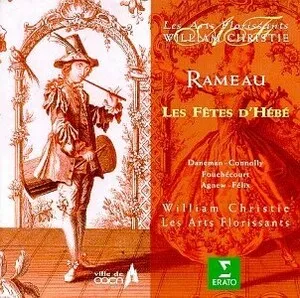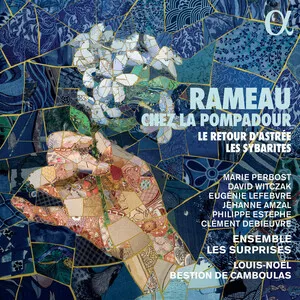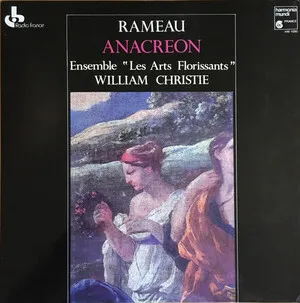Opera-ballet (opéra-ballet) is a French Baroque stage genre that blends sung opera with extensive, self-contained dance episodes. Typically organized as a prologue followed by several independent entrées linked by a loose theme, it favors variety, spectacle, and graceful movement over the strict tragic unity of earlier French opera.
Emerging in Paris at the close of the 17th century, the form cultivated elegant divertissements, richly orchestrated choruses, and expressive French recitative, all designed to showcase star singers and dancers. Its subjects range from pastoral and mythological to exotic and festive, creating a refined, courtly entertainment that balances dramatic singing with choreographic display.
After the dominance of Lully’s tragédie en musique at the Paris Opéra, a taste for lighter, more varied spectacles opened the door to opera-ballet in the 1690s. André Campra’s L’Europe galante (1697) is widely cited as a foundational model: a prologue followed by independent entrées, each mixing vocal numbers, chorus, and abundant dance, unified more by theme than by plot.
The genre flourished in the early 1700s with Campra (Les Fêtes vénitiennes) and André-Cardinal Destouches, then reached opulent heights with Jean-Philippe Rameau. Works such as Les Indes galantes (1735), Les Fêtes d’Hébé, and Les Surprises de l’Amour epitomized the form’s elegance: French overtures with dotted rhythms, expressive récitatif, graceful airs, and large-scale divertissements that allowed star dancers and choreographers to shine. The entrées format enabled swift shifts of locale and mood—from pastoral to “exotic”—while maintaining stylistic unity through dance types (gavotte, menuet, chaconne, passacaille) and French ornamentation (agréments).
By mid-century, shifting tastes favored opéra comique and later the reform operas of Gluck, and the opera-ballet’s prominence waned. Its DNA, however, persisted: grand opera inherited the expectation of substantial ballet, and later operetta and musical theater absorbed its blend of song, dance, and spectacle. In the 20th and 21st centuries, historically informed performance revived interest in these works, highlighting their rhythmic vitality, coloristic orchestration, and choreographic craft.
Aim for a refined balance of sung drama and choreographic display. Favor elegant, varied entrées that share a thematic thread rather than a single continuous plot. Maintain clarity of text declamation and courtly poise in the musical rhetoric.
Use a French Baroque pit: five-part strings (often divided), oboes and bassoons doubling or colorizing string lines, traverso flutes for lyricism, and occasional trumpets, horns, and timpani for ceremonial moments. A continuo group (harpsichord, theorbo, cello/viola da gamba) underpins recitative and many airs. Winds frequently double strings; employ coloristic solos to mark character or locale.
Open with a French overture (stately dotted first section, lively fugal second). Build each entrée from dance-derived movements—menuet, gavotte, bourrée, rigaudon, sarabande—and consider a grand chaconne or passacaille as a culminating tableau. Interleave récitatif simple (speech-like) and récitatif mesuré (more rhythmic) with brief, tuneful airs and substantial choruses. Ensure choreography is integral: write clear, regular phrases and danceable tempi that support onstage action.
Write within tonal Baroque harmony with clear cadences, circle-of-fifths motion, and expressive suspensions. Melodies should favor clarity over virtuoso display, using French agréments (tremblement, pincé, port de voix) and notes inégales for flexible lilt. Set the French language with careful prosody; let the haute-contre and other characteristic voice types carry noble affect.
Choose a unifying theme (gallant love, myth, pastoral, or exotic voyages) and design independent entrées around it. Use lavish scenic changes and divertissements to refresh the audience’s ear and eye. Coordinate closely with choreographer(s): plan musical lengths for full dances, pantomimes, and chorus involvement. Conclude each entrée with a visually and musically impressive ensemble or dance to maximize theatrical impact.

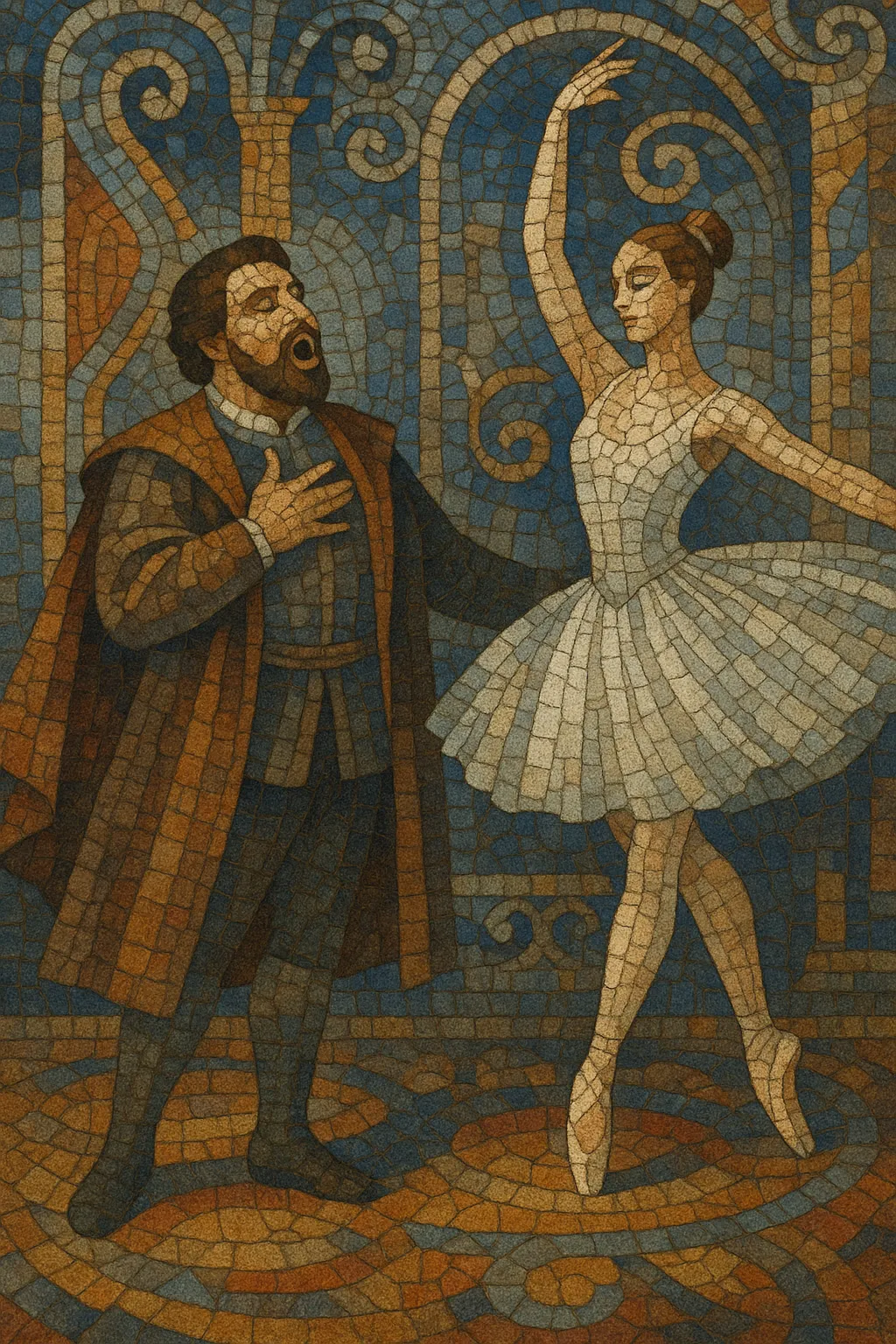
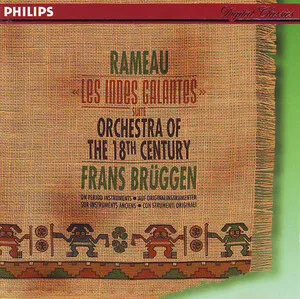
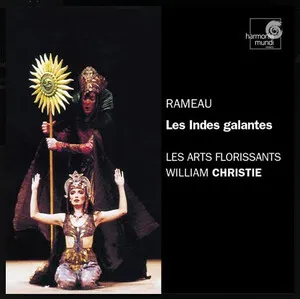
%2C%20Cover%20art.webp)
